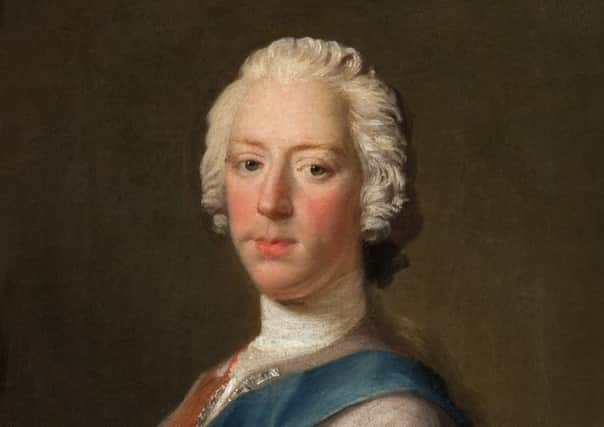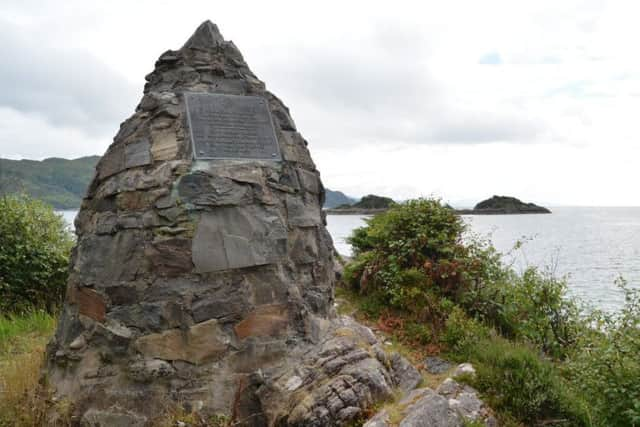On this day 1746 - Bonnie Prince Charlie leaves Scotland for good


On September 20, 1746, he set finally set sail for France with some of his surviving allies. He would never set foot in Scotland again, a country that would fundamentally change following his failed rising.
Thousands of Scots were killed or injured during the Prince’s 14-month bid to restore his family line to the British throne and as he finally stepped onto his waiting boat at Loch nan Uamh near Arisaig, the executions of some of his key supporters had already taken place in London.


Advertisement
Hide AdFor around a month before he finally left, a number of French ships arrived on the West Coast to collect the Prince but his whereabouts remained unknown and the vessels left without him.
That September, the Prince was deep in the Highlands and spent a spell hiding out in Cluny’s Cage, a well-equipped mountain shelter in the face of Ben Alder, which sits between Loch Ericht and Glen Spean.
After leaving the cage, he spent around a week working his way towards the coast, arriving at Glencamger at the head of Loch Arkaig, where he spent his final night in Scotland with loyal Jacobites Cluny Macpherson and Dr Cameron before boarding the boat the next day.
Robert Chambers, in his History of the Rebellion, 1745-46- wrote how a “considerable number of skulking gentleman” and others had gathered before the Prince’s arrival to board the boat to France.
Meanwhile, Macdonald of Barrisdale was being held captive on the vessel given suspicions that he had made a “pact with the enemy” to give up the Prince, according to the account.
The Prince finally boarded L’Hereaux accompanied by Lochiel, Lochgarry, John Roy Stuard and Dr Cameron.
Advertisement
Hide AdIn all, there were 23 gentlemen and 170 men of “common rank” on board the L’Hereaux and an accompanying vessel.
“The gentlemen, as well as commons, were seen to weep, though they boasted of being soon back with an irresistible force,” according to an account relayed by Chambers.
Advertisement
Hide AdAs the Prince sailed, British Government forces were deep into their campaign to root out traces of Jacobite support with killings, rapes and burning of homes and crops ordered following Culloden.
Recent research by Stennis Historical Association has found that more than 400 British Army camps remained in Scotland after the battle, with around 11,600 soldiers in place to suppress the uprising and its supporters.
In a bid to quell further revolt, the Act of Proscription toughened up earlier laws against carrying arms and wearing Highland dress, including some tartan items, as the state enacted legal powers to suppress the Highland way of life and clan system.
Despite the fundamental consequences of the rising, a clear devotion to the Prince’s aims remained among many.
Chambers referred to a letter written by a Bishop Mackintosh who had known many individuals who had fought for Prince Charles.
“But he never knew one who regretted having fought for him, or did not seem as if he would have gladly perilled life in his cause once more,” he said.
Advertisement
Hide AdThe Prince visited London twice in the 1750s to try and revive his cause with support for the Jacobites remaining broadly underground.
In 1752, the Elibank Plot was devised to kill or kidnap King George II and St James’s Palace and restore the Stuart line to the British throne. The plan never went ahead given the doubts of some of the key players.
